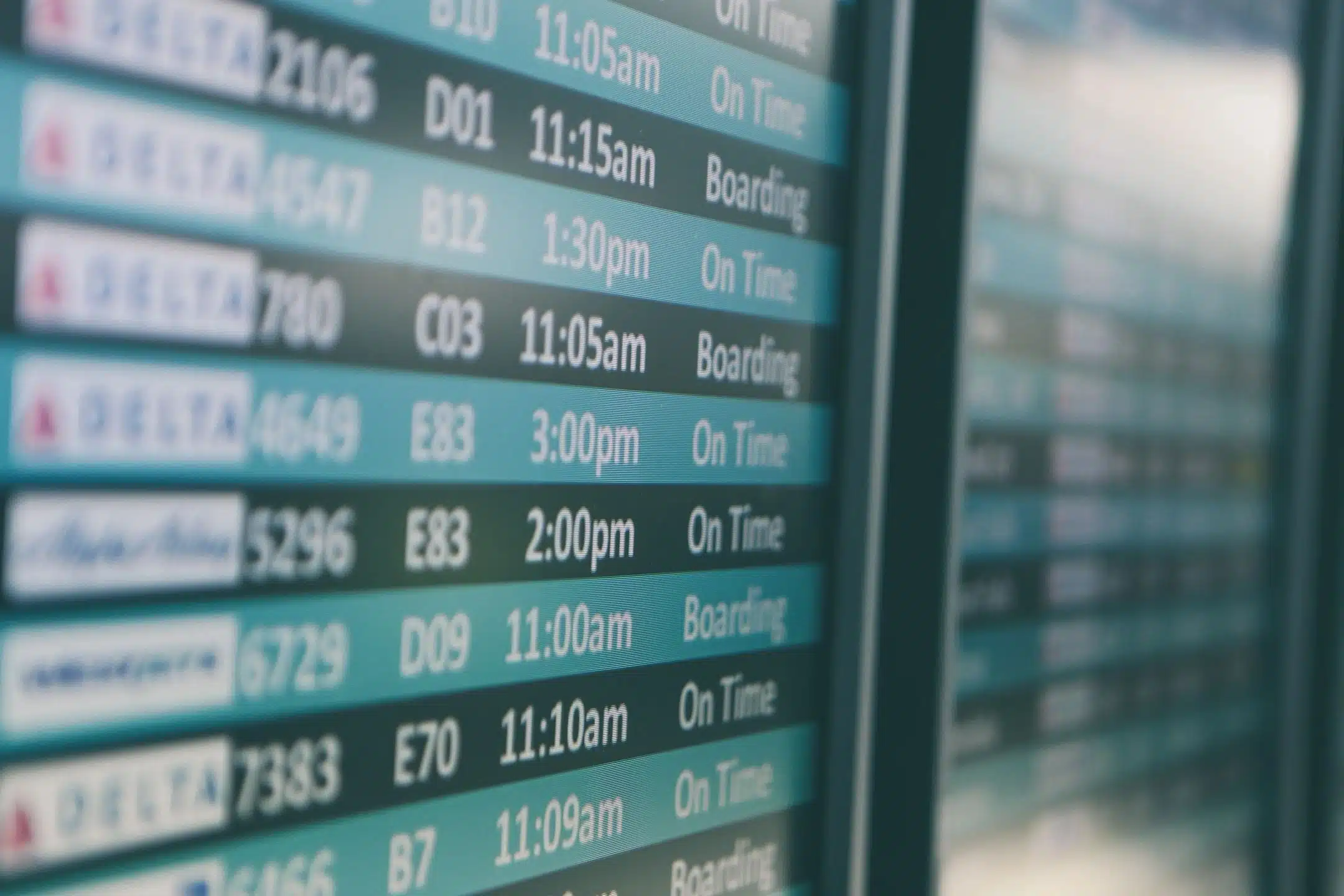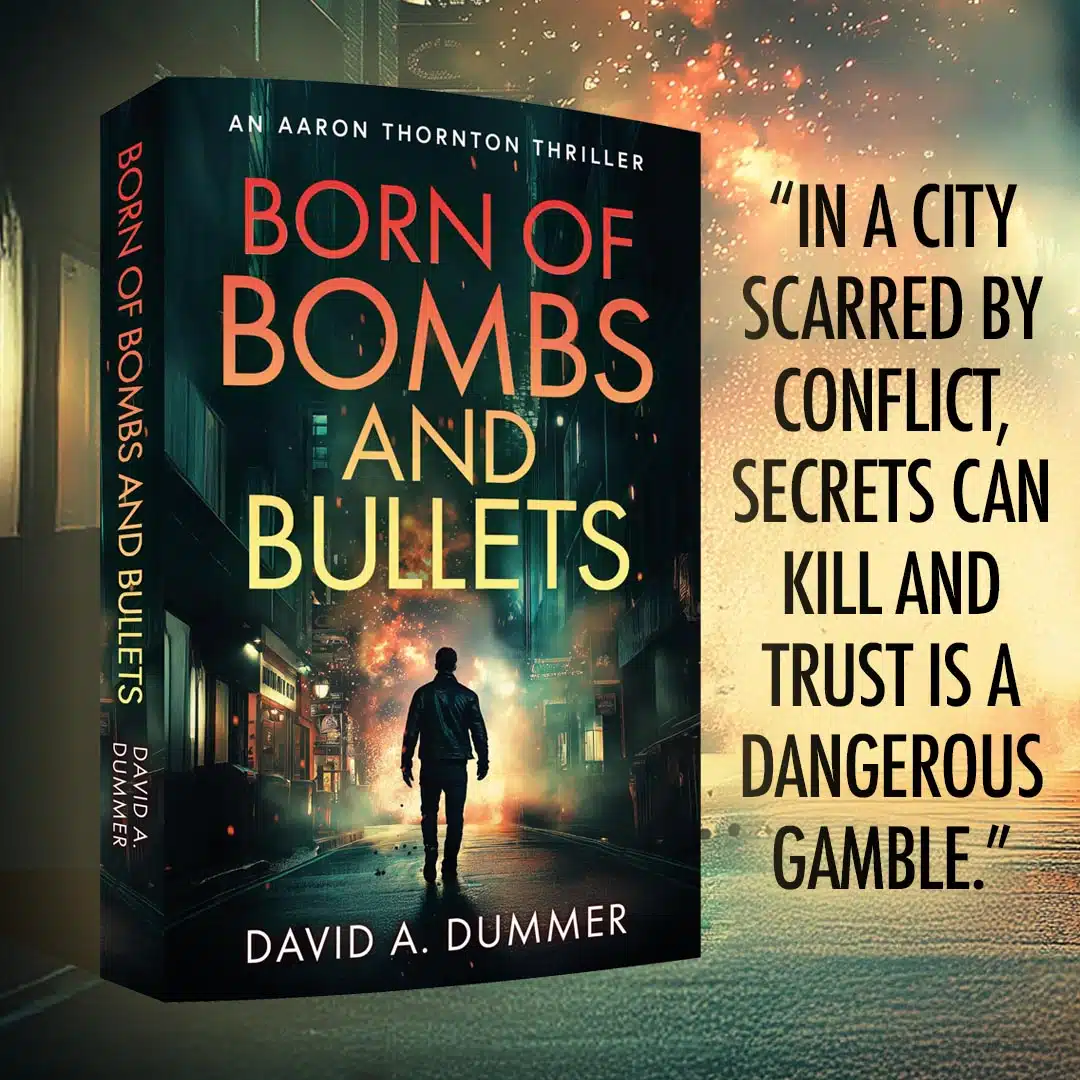Regular readers know I like to see precisely where historical events occurred—and learn about those events through the stories of people who experienced them firsthand. People like Jan Kubiš and Josef Gabčík, the Czech resistance fighters who sacrificed their lives to assassinate a senior Nazi official in Prague during WW2. Or Donald Blackey, a 21-year-old American GI who stormed the beach at Sicily and helped bring an end to the Third Reich. And Sandy Bradshaw, a flight attendant on Flight 93 who hurled boiling water at the hijackers in a desperate bid to retake control of the doomed plane on 9/11. They were ordinary people who did extraordinary things. So in honor of Holocaust Remembrance Day, I pay tribute to a young girl who—against all odds—survived a concentration camp. Seven decades later, she allowed my students and me to glimpse Auschwitz through the eyes of a survivor.
A Brief Description of Auschwitz
This year marks the 80th anniversary of the liberation of Auschwitz by Soviet troops. The former Nazi labor and extermination camp is now a memorial and museum. It’s named after Oświęcim, a Polish town about 40 miles west of Kraków.
Technically, it was the Auschwitz-Birkenau camp, and it was comprised of three principal parts—an administrative center, a labor camp, and an extermination camp. It was the largest of the Nazi concentration camps. At least 1.1 million people died there (approximately 960,000 of them Jewish) from 1940 until the site was liberated in January 1945. The war in Europe ended five months later.
Ilona Ackerman, aka Helen Handler
By the time Soviet troops reached the camp, 16-year old Ilona Ackerman had already begun one of the SS “death marches” toward Germany. Nazi leaders ordered these forced evacuations to keep inmates from reporting what happened at the camps. They also wanted to maintain a supply of prison labor and use their captives as bargaining chips for any peace negotiations.
But Ilona was too weak to finish the winter trek. So the Nazis left her and other near-death prisoners locked in a barn to die. Instead, she survived—the only member of her family to survive the Holocaust. Decades later she was known as Helen Handler, and the diminutive 81-year-old joined me, fellow chaperones, and a group of students in an Arizona classroom.
Auschwitz Through the Eyes of a Survivor
We were planning a trip to Auschwitz and knew it would be more meaningful if we had a personal connection to the place. On the recommendation of a local Jewish organization, we asked Helen to tell us her story. She graciously met with us several times and allowed us to see Auschwitz through the eyes of a survivor. I can still hear her precisely chosen words, spoken slowly and deliberately with a heavy, Hungarian accent.
The Haunting Words of a Holocaust Survivor
Several of Helen’s descriptions stick with me today. Being herded into a crowded cattle car with her two brothers, mother, three aunts, and grandparents at the age of 15—the same age as my students. Watching on the train platform at Auschwitz-Birkenau as some prisoners were directed straight to the gas chambers and others to the labor camp. Staring at the tall, shiny black boots of the notorious Dr. Josef Mengele, who spared Helen but condemned the rest of her family. Lying amongst dead bodies in a barn during the death march, encrusted in lice, until soldiers rescued her. They are descriptions you can’t forget—haunting images of Auschwitz seen through the eyes of a survivor.
An Unlikely Friendship and The Risk of Sorrow
A fellow Arizona teacher, Valerie Foster, invited Helen to meet with her students, too. The two women—of different faiths—formed a quick bond. Then Helen unexpectedly asked Valerie (an English teacher) to write her memoir. Over the course of two years, the pair met weekly for a couple of hours to record the story of Helen’s life before, during, and after Auschwitz. It took Valerie two more years to finish a draft of the memoir, and yet another 12 months for Helen to review it. The first edition of The Risk of Sorrow was released in 2014 and gives a layered, extraordinarily moving account of Helen’s life.
Helen Handler — The Triumph
Helen was the only member of her family to survive the Holocaust. (Her father died a decade earlier.) She wondered why God spared her, but she vowed to be worthy of the privilege. Her only child—Barry, an attorney—was her proudest achievement. Helen especially liked that Barry stood up for people who needed defending.
But she also took great pride in the countless talks she gave to civic groups, teacher forums, and especially students. Every speech emphasized the importance of teaching children not to hate—and standing up to injustice at any age. But Valerie said Helen wanted most to be remembered as a woman of faith and strength, and for the belief that “good people forever change the world.”
Helen Handler — The Tragedy
Yet there was another—tragic—side to Helen that few people apart from Valerie saw. The fear of anyone wearing a uniform. Panic attacks in confined spaces. Chronic medical conditions resulting from her imprisonment. And the dreams in which Helen’s family went shopping but told her she couldn’t join them. You have to stay behind.
And there was even more loss after the camp. Helen divorced her husband, Jack Handler—a fellow Holocaust survivor—and raised Barry from the age of 5 as a single parent. She never remarried. Six years after Helen passed away in 2016, Barry, too, died without having children of his own.
The Risk of Sorrow – Second Edition
Valerie talked to me last month about the challenges of writing a survivor’s memoir—including the emotional toll it exacted and the crisis of faith it provoked for her as a witness to Helen’s story. It’s important—but not easy—to visit Auschwitz through the eyes of a survivor.
In fact, the second edition of The Risk of Sorrow, released in January 2025, examines secondary trauma and how it manifested itself in Barry’s relationship with his mother. The latest edition also adds a discussion guide and new insights about the final years of Helen’s life. It’s a very worthwhile book—one that you think about, over and over, long after you turn the final page.
The Author’s Experience
I asked Valerie what first comes to mind when she thinks of Helen. She recalled Helen’s soft, brown eyes. But also a complicated soul who, though tortured by her past, remained a kind, loving person as she tried throughout her life to “process her way to peace.”
And which of Helen’s accounts made the biggest impression on Valerie? The one about being forced to balance on a stool in Auschwitz for 20 hours—without food or rest—as punishment for a long-forgotten transgression. Knowing that if she faltered and stepped off the stool, she’d be shot. Helen used the episode as an example of her will to live—to tune out everything else and “disconnect” in a hyper-focused bid to simply survive. Alone in the world. At the age of 15.
You can order The Risk of Sorrow at Amazon. And to learn more about Valerie and her other books, visit her website.
Planning a Visit to Auschwitz-Birkenau
Auschwitz-Birkenau is open year round except on January 1, December 25, and Easter Sunday. Hours vary by time of year—see the full schedule here.
Although the museum exhibits are indoors, much of the site is visited outdoors. Plan to spend a full morning or afternoon—it’s not an experience to be rushed. The visitor center has a cafeteria, bathrooms, and bookstore. Parking is available. Be sure to allow 30 minutes before the start of your tour for security screening. (Only small handbags and backpacks are permitted.)
Entry Tickets and Guided Tours for Auschwitz-Birkenau
Admission to the site is free, but entry cards are required. Book well in advance!
Individuals and groups who enter with a guide may book their entry online or, with extremely limited availability, in person on the day of their visit. All groups must have a guide. Although admission to the site is free, there is a fee for the guide. Click here for details about the guided tours, which are available in multiple languages.
Beginning in May 2025, all individuals who visit without a guide must book their entry exclusively online at least 7 and up to 90 days in advance. Visiting without a guide, though, is restricted to certain hours.
What to Expect at Auschwitz-Birkenau
You’ll enter the site through the same gate prisoners once confronted 80 years ago. The infamous sign, “Arbeit Macht Frei” (“work sets you free”)—seen at all concentration camps—still hangs overhead.
The welcome center is housed in the building where Helen and other prisoners were in-processed. Now, the brick barracks exhibit the prisoners’ photographs, shoes, suitcases, eyeglasses, and hair—shaved from their heads upon arrival. The gas chambers and crematoria are still there, too.
From the Auschwitz sector of the camp, you can walk or take a shuttle to the Birkenau section. There you’ll find replicas of the prisoners’ wooden barracks, the ruins of gas chambers, and the notorious railroad tracks. The size of the camp will astound you.
Rules of Respect for Visitors to Auschwitz-Birkenau
The Auschwitz-Birkenau museum and memorial site is recommended for persons 14 and older. Because it’s a memorial site, visitors are asked to dress appropriately and to refrain from taking photos in some areas. And no drones are permitted without permission, which is granted only under strict conditions.
Recorded Testimonials of Holocaust Survivors
I think it’s nearly impossible to comprehend what took place at Auschwitz-Birkenau without hearing the first-hand account of a survivor. Even then, it’s still hard to wrap your mind around what happened. But the number of living survivors is dwindling rapidly. Fortunately, hundreds of survivors, including Helen, videotaped or recorded their stories for posterity. Thankfully, future generations, too, will be able to see Auschwitz through the eyes of a survivor.
You can watch these testimonials for free at the World Holocaust Remembrance Center (Yad Vashem), the United States Holocaust Memorial Museum, and Yale University’s Fortunoff Video Archive for Holocaust Testimonials. As difficult as the subject matter is, I think we owe it to the survivors to acknowledge their pain, their loss, and their fortitude—and have an obligation to honor the memories of those who perished.
Related Articles
And if you’re unable to make the trip to Poland, my earlier blog post explains how you can participate in a live, guided online tour of Auschwitz-Birkenau.
Also see my article about Stolpersteine—the memorial brass cobblestones placed throughout Europe at the last known homes or businesses of people murdered during the Holocaust.







